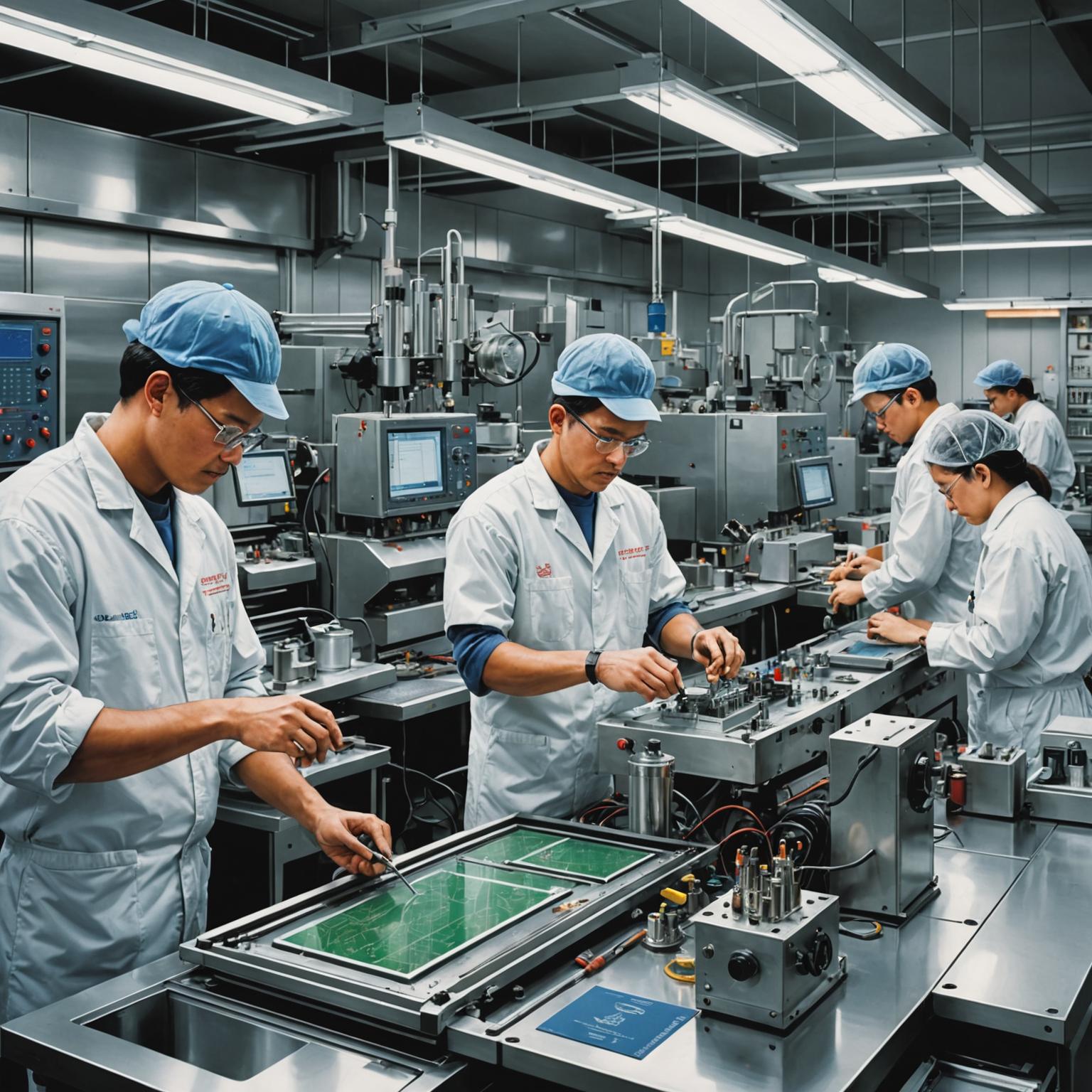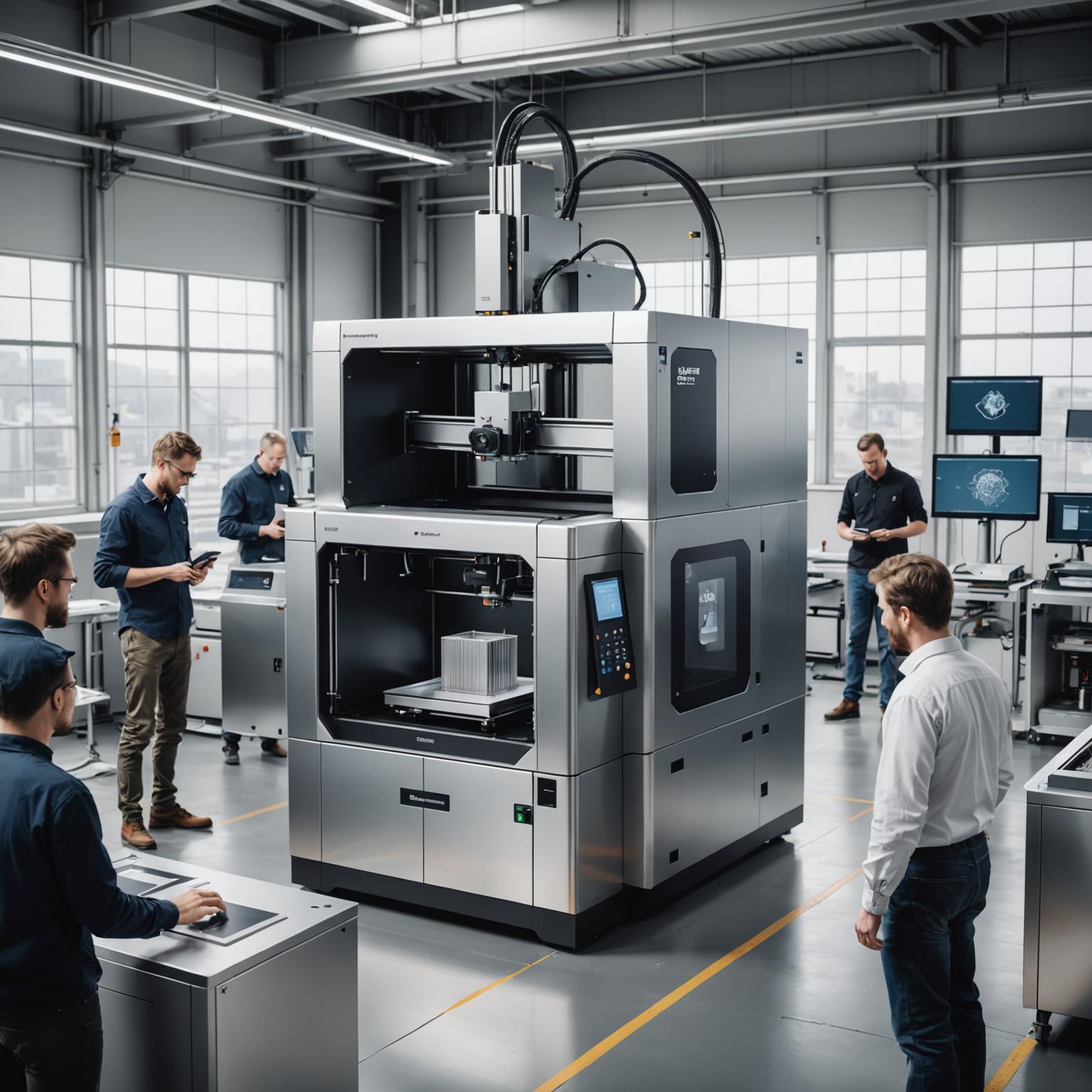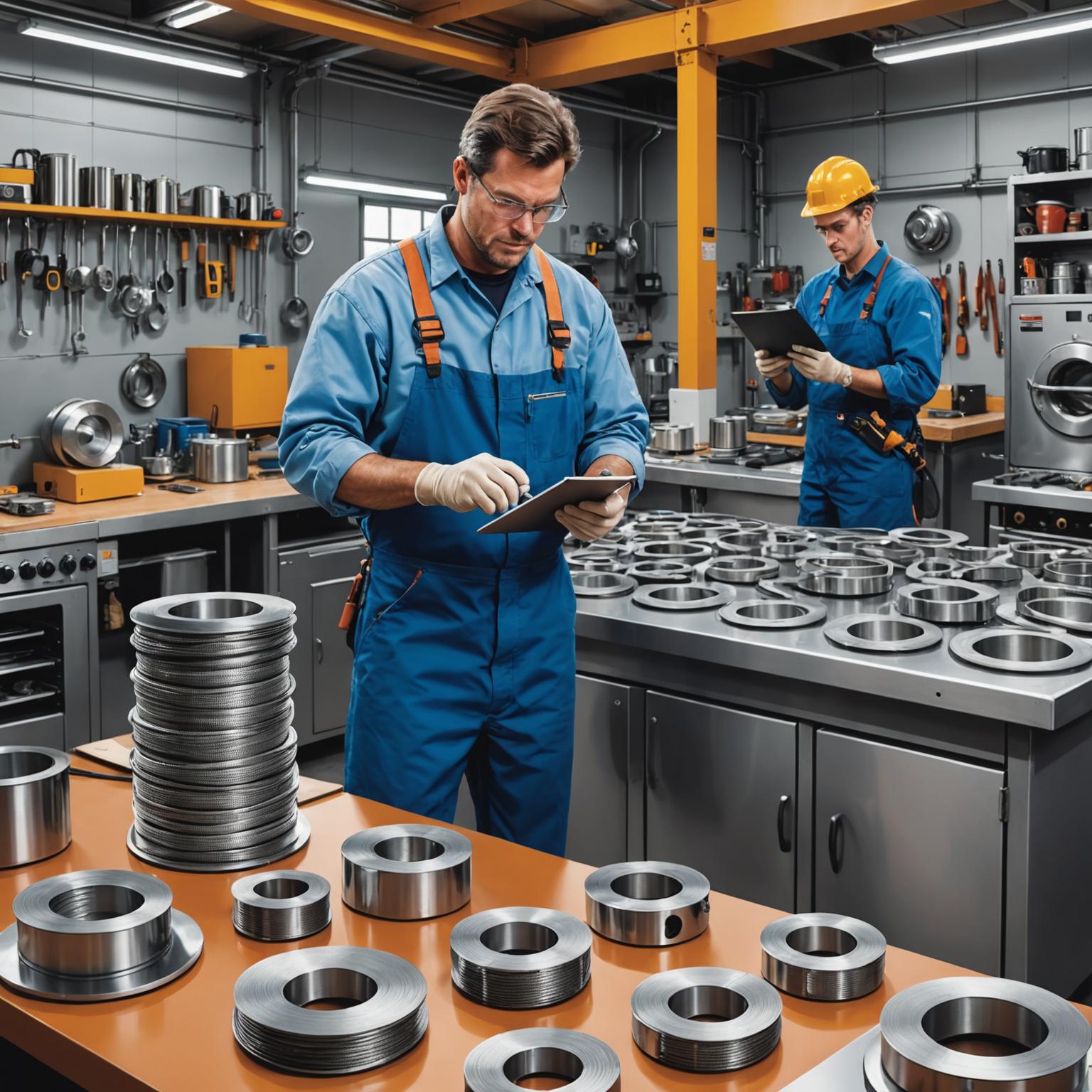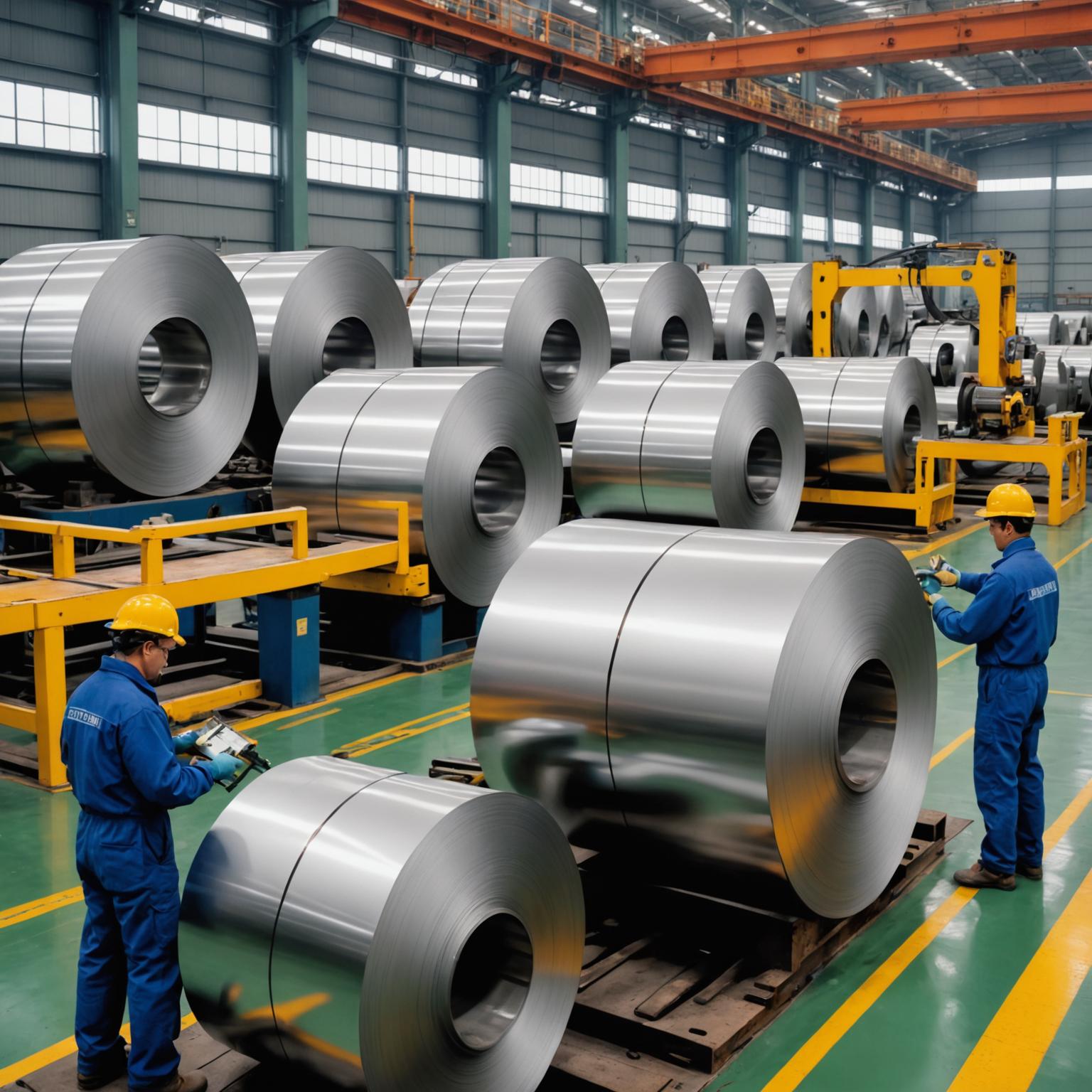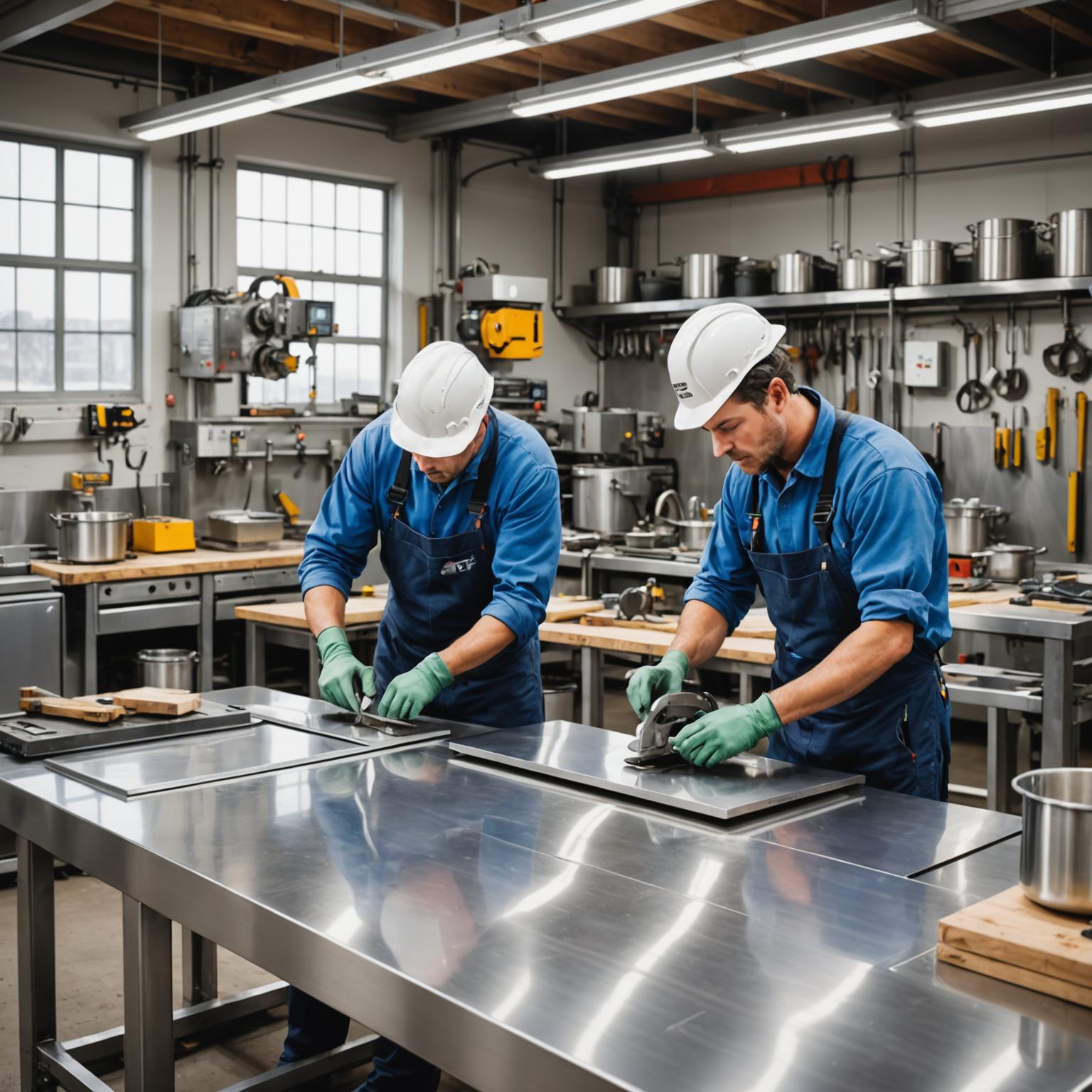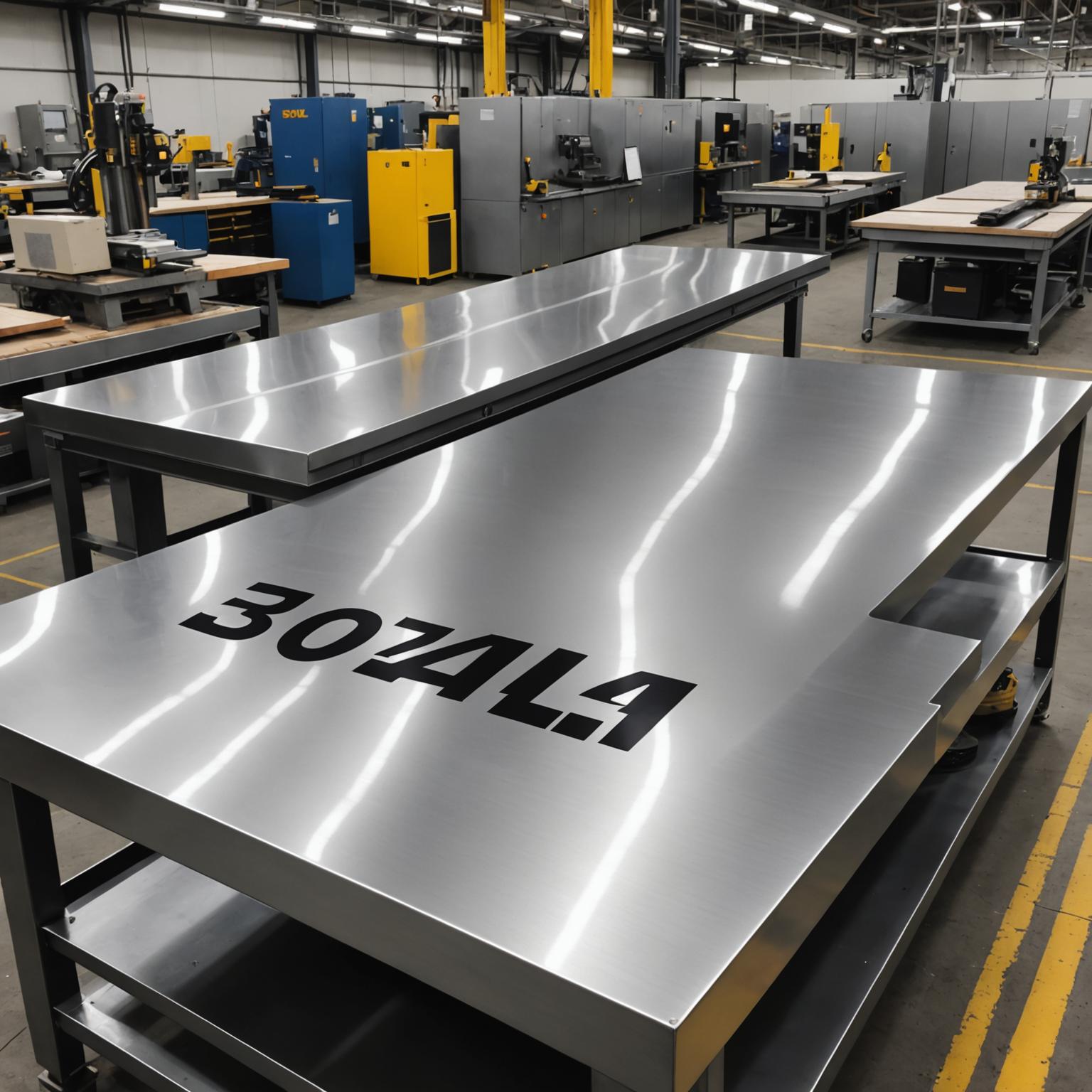Choosing the right material for an industrial, architectural, or manufacturing project is a foundational step that dictates the final product's longevity, performance, and overall success. Among the myriad options available, stainless steel stands out for its strength and corrosion resistance. When delving into this category, you will frequently encounter two prominent grades. Selecting the correct 304L/316L stainless steel sheet can seem complex, but it is a critical decision based on specific application requirements. This guide will walk you through the properties, applications, and key differences between these two alloys to help you make an informed choice for your next project.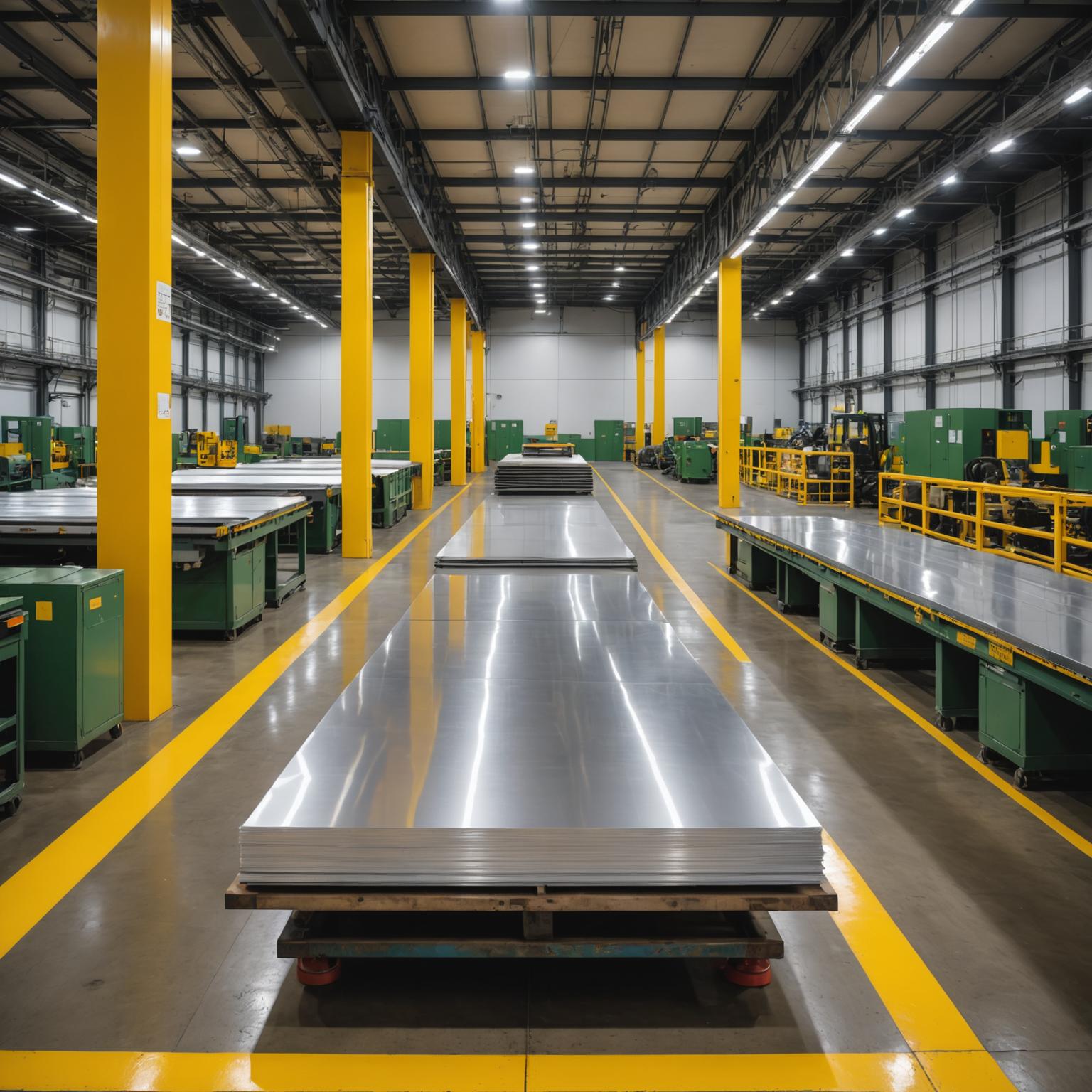
Understanding the Basics: What Are 304L and 316L Stainless Steels?
Before comparing these two grades, it is important to understand what makes them unique. Both 304L and 316L are austenitic stainless steels, meaning they have a specific crystalline structure that makes them highly formable and weldable. The 'L' in their designation is crucial; it stands for 'low carbon'. This lower carbon content (typically below 0.03%) minimizes carbide precipitation during welding, a phenomenon that can reduce corrosion resistance in the heat-affected zone of the weld. As a result, both 304L and 316L are excellent choices for welded applications, as they can be used in their 'as-welded' condition without requiring post-weld annealing to restore corrosion resistance. This inherent weldability makes them incredibly versatile for fabrication.
Decoding the Workhorse: 304L Stainless Steel
Grade 304L stainless steel is the most widely used stainless steel in the world, often referred to as the '18/8' grade due to its typical composition of 18% chromium and 8% nickel. This composition gives it excellent resistance to a wide range of atmospheric environments and many corrosive media. Its combination of corrosion resistance, formability, and weldability makes it a cost-effective and reliable choice for a vast array of applications. You can find 304L used in kitchen equipment, sinks, food processing machinery, architectural trim, storage tanks, and automotive headers. While it performs exceptionally well in most situations, its one key vulnerability is its susceptibility to corrosion from chloride solutions, such as saltwater or de-icing salts.
Exploring the Premium Grade: 316L Stainless Steel
Grade 316L stainless steel is the second most common austenitic grade. Its chemical composition is similar to 304L, with one critical addition: molybdenum, typically at a concentration of 2-3%. This single element dramatically enhances its corrosion resistance, particularly against chlorides and other industrial solvents. This makes 316L the superior choice for applications in harsh environments. It is the go-to material for marine applications, chemical processing equipment, pharmaceutical manufacturing, medical implants, and coastal architectural projects. The enhanced resistance to pitting and crevice corrosion provided by the molybdenum content ensures durability where 304L would fail over time.
How to Choose the Right Sheet for Your Project
Making the right selection between a 304L and 316L stainless steel sheet boils down to a careful evaluation of your project's specific needs. Ask yourself the following questions:
1. What is the operational environment? If the material will be exposed to saltwater, de-icing brine, harsh chemicals, or acidic compounds, 316L is the necessary choice. For indoor applications or those in non-saline, mild environments, 304L is usually sufficient and more economical.
2. What is your budget? Due to the addition of molybdenum, 316L is inherently more expensive than 304L. If your application does not require the enhanced corrosion resistance of 316L, choosing 304L can lead to significant cost savings without compromising performance.
3. What are the aesthetic requirements? Both grades are available in a variety of finishes, from a standard mill finish to a highly polished, mirror-like surface or a sophisticated brushed texture. A high-quality supplier can provide precision metal sheets with meticulously machined edges and a uniform finish that elevates the aesthetic of any project, from architectural facades to bespoke furniture.
4. What fabrication processes will be involved? Both 304L and 316L offer excellent weldability, formability, and machinability. Your choice will likely not be limited by fabrication concerns, but it is always wise to confirm that the chosen grade suits your specific manufacturing capabilities.
Sourcing Quality Materials from an Expert Partner
Once you have decided on the appropriate grade, the quality of the material itself becomes paramount. Partnering with a knowledgeable supplier is crucial to ensuring your project's success. A premier provider like Span International offers more than just metal; they deliver precision and expertise. Span International specializes in premium-grade stainless steel sheets, including options with impeccable polished or brushed finishes that combine high aesthetic appeal with supreme functionality. Their commitment to quality ensures that every sheet meets rigorous standards for composition, thickness consistency, and durability, allowing engineers and designers to push boundaries with confidence. Working with an expert like Span International ensures you receive not only the right material but also the guidance to optimize its use in your application.
Conclusion: Making a Lasting and Cost-Effective Decision
In summary, the choice between a 304L/316L stainless steel sheet is a strategic one based on balancing performance requirements with budgetary constraints. Grade 304L serves as an excellent, all-purpose, and cost-effective material for a wide range of applications in mild environments. Grade 316L, with its molybdenum content, is the essential choice for projects demanding superior corrosion resistance against chlorides and harsh chemicals. By carefully analyzing your project’s environment and operational demands, you can select a material that will provide decades of reliable service. For projects requiring uncompromising quality, exceptional finishes, and expert advice, aligning with a trusted supplier like Span International will ensure your vision is realized with the best materials available.



